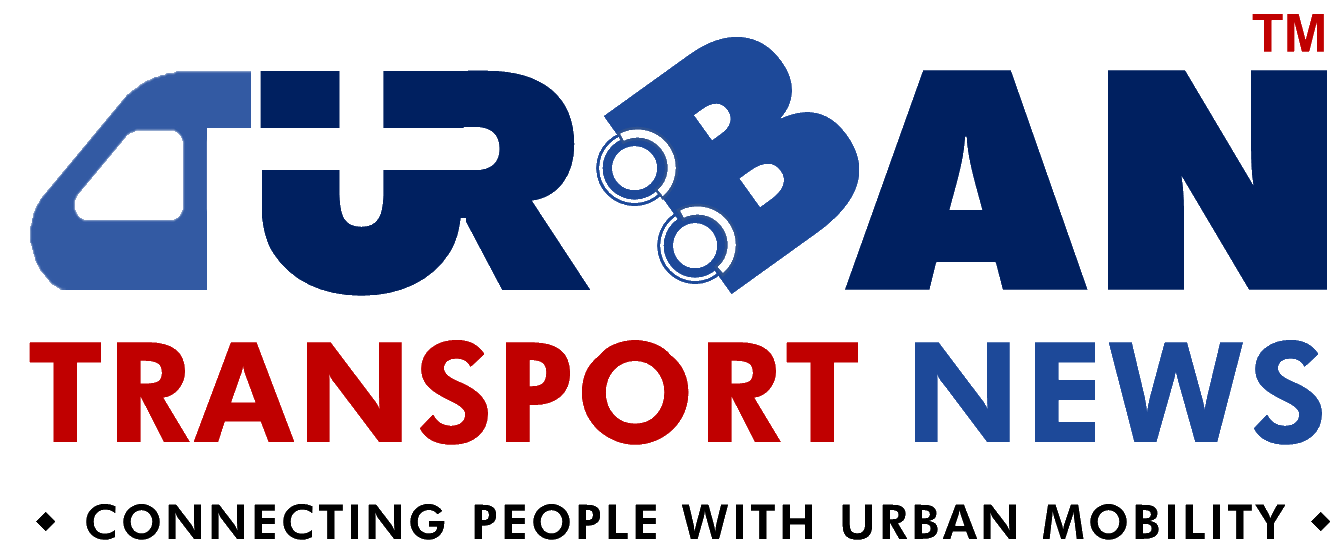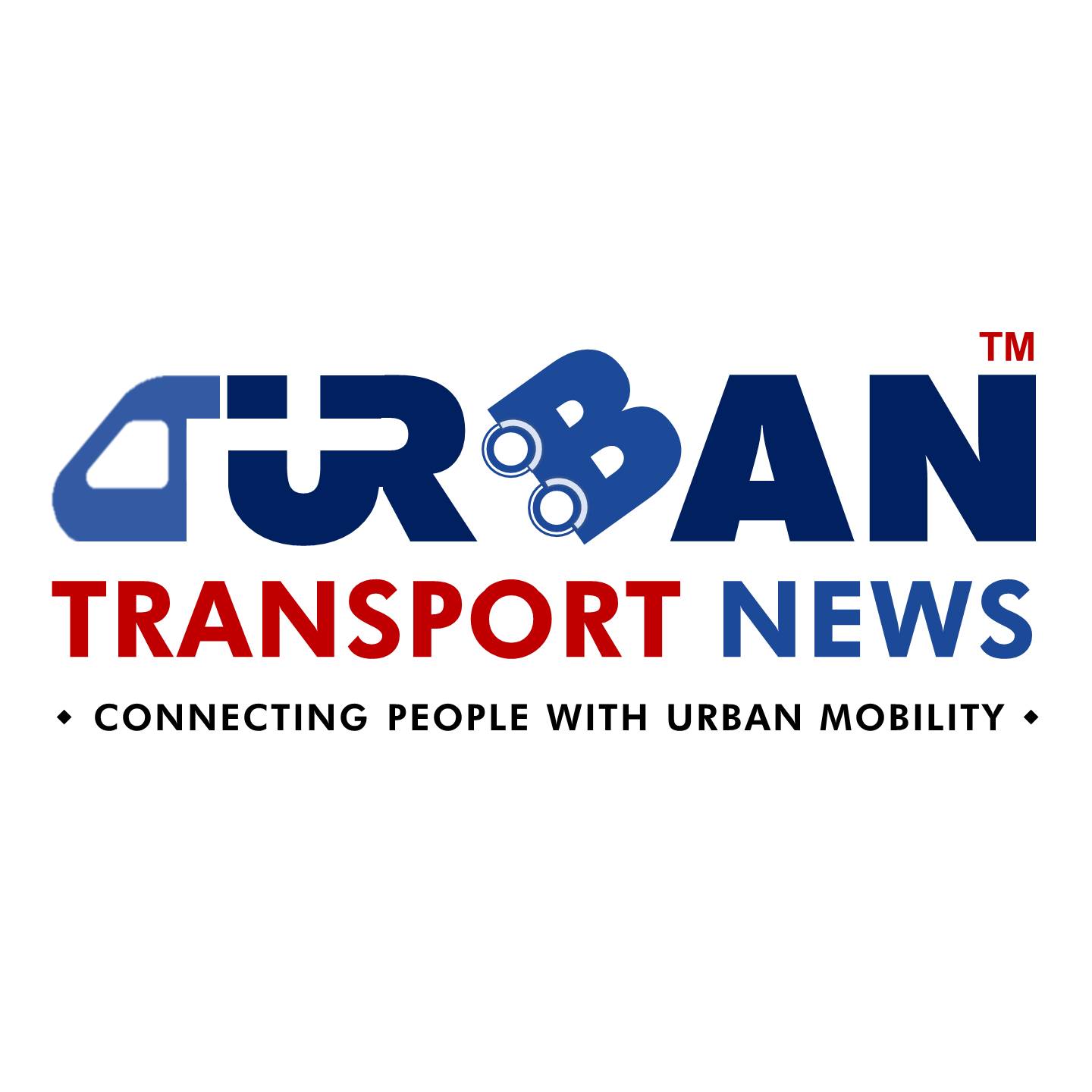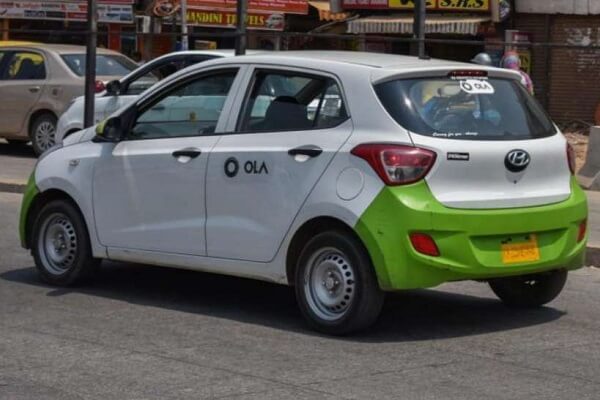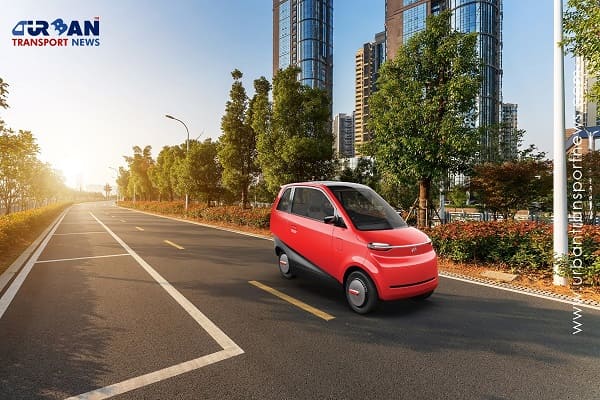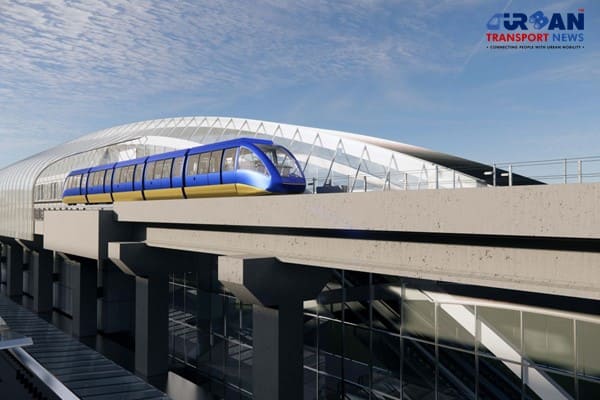 Delhi unveils ambitious Urban Mobility Vision: Luxury Metro Coaches, New Tunnels and Pod Taxi
Delhi unveils ambitious Urban Mobility Vision: Luxury Metro Coaches, New Tunnels and Pod Taxi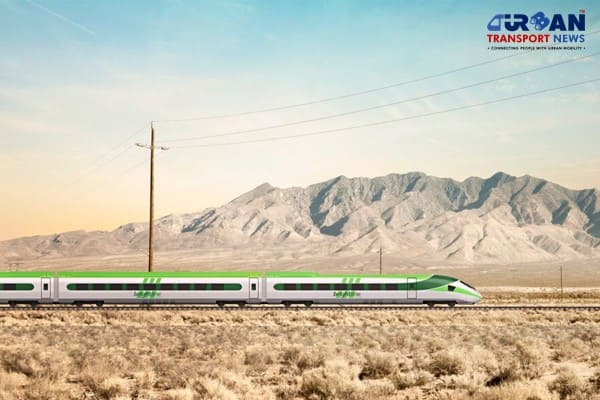 Qatar approves Saudi Rail Link Agreement, Accelerating Gulf Railway Vision 2030
Qatar approves Saudi Rail Link Agreement, Accelerating Gulf Railway Vision 2030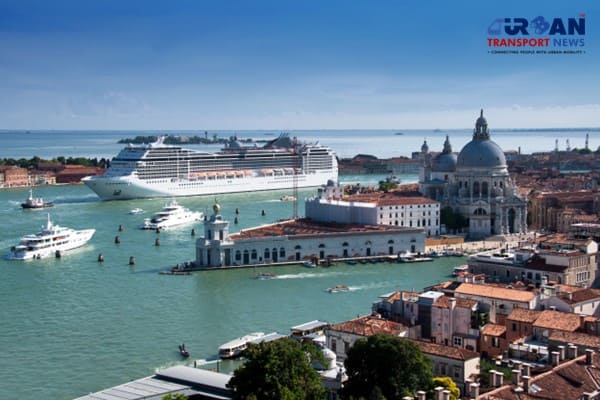 UP Govt plans to introduce Water Metro services in Ayodhya, Varanasi & Prayagraj
UP Govt plans to introduce Water Metro services in Ayodhya, Varanasi & Prayagraj India’s First Urban Ropeway begins Trial Run in Varanasi, Set to carry 1 Lakh passengers daily
India’s First Urban Ropeway begins Trial Run in Varanasi, Set to carry 1 Lakh passengers daily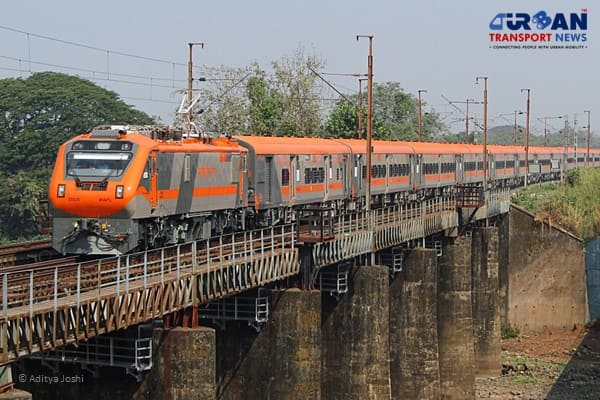 India and Bhutan to Build First-Ever Rail Link: ₹4,033 Cr Project to Boost Regional Connectivity
India and Bhutan to Build First-Ever Rail Link: ₹4,033 Cr Project to Boost Regional Connectivity Patna to launch Eco-Friendly Water Metro; Trial Run soon between Digha and Kangan Ghats
Patna to launch Eco-Friendly Water Metro; Trial Run soon between Digha and Kangan Ghats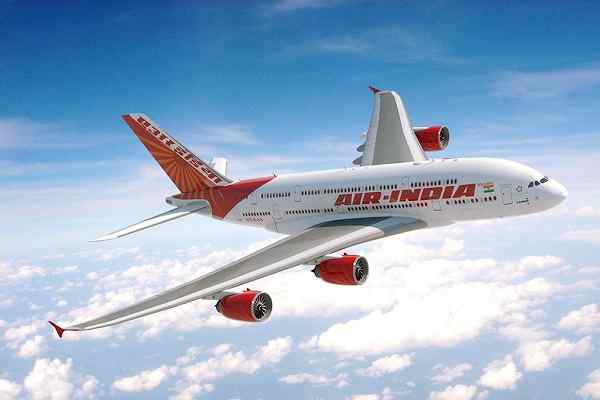 Air India Group set to launch Flights Operations from Navi Mumbai International Airport
Air India Group set to launch Flights Operations from Navi Mumbai International Airport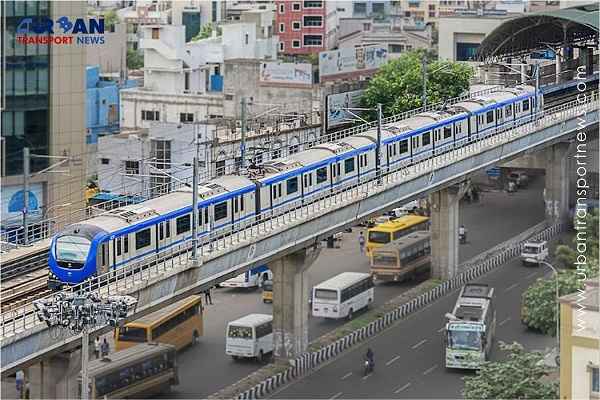 Chennai to launch 25-Year Mobility Plan with Unified QR Ticketing and One-App Transit System
Chennai to launch 25-Year Mobility Plan with Unified QR Ticketing and One-App Transit System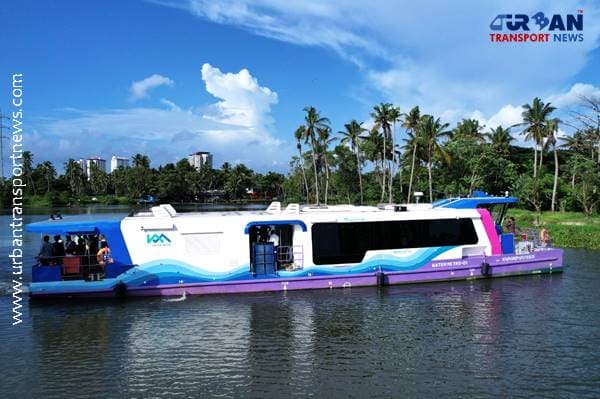 Kochi Metro bags ₹4.4 crore contract to prepare DPR for Mumbai Water Metro Proejct
Kochi Metro bags ₹4.4 crore contract to prepare DPR for Mumbai Water Metro Proejct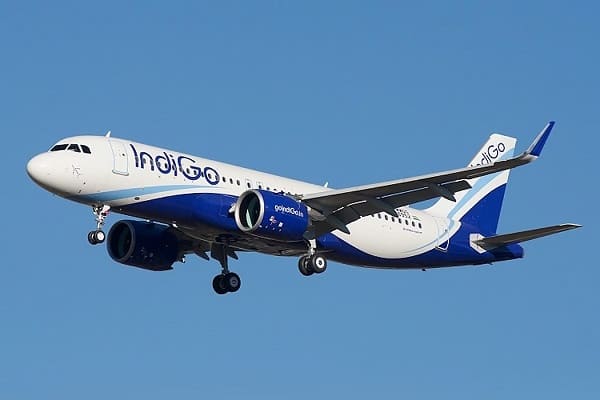 Navi Mumbai International Airport set for September launch; IndiGo and Akasa Air to lead Operations
Navi Mumbai International Airport set for September launch; IndiGo and Akasa Air to lead Operations
The Curious Case of Bengaluru Public Transportation Pricing
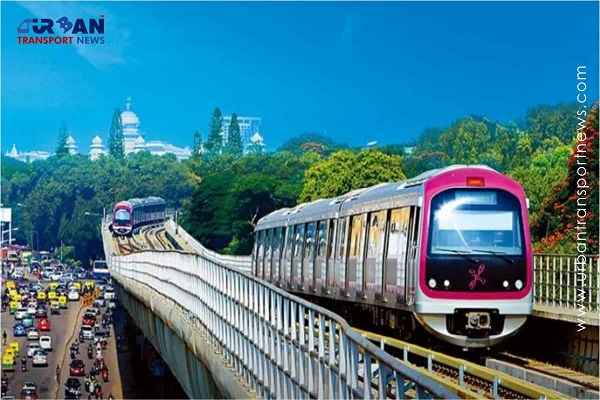
Bengaluru referred to as the city of gardens is losing its reputation due to unplanned urbanization. The city with a significant presence of tech firms, also known as the Silicon Valley of India attracts large number of migrant population resulting in rampant urbanization. With an estimated population of about 14 million, Bengaluru is one of the densely populated and fastest growing cities. As the city grew, so did the environmental and development challenges which is further exacerbated by lacklustre administration and city planning. Like any other city in India, Bengaluru is also facing the perils of unsustainable urbanization from traffic congestion to water crisis.
Last year, the city was grappling with water scarcity which resulted in increased household spending on water due to rise in water charges. While, since the beginning of the year, the residents are feeling the pinch of price hikes on public transportation which started with a 15% increase in bus fares last month, to the recent abnormal increase of Namma Metro fares by over and above 50% to almost 100%. With stagnant wage growth and inflation squeezing into the pockets of the consumers, the recent hikes of bus and metro fares has stirred public outrage and disappointment.
Against this background, a critical and comprehensive evaluation of transportation pricing is warranted. The recent episodes of public transport price revisions in Bengaluru highlight flaws in price determination which lack strong economic rationale. While the government and the Bengaluru Metro Rail Corporation Limited (BMRCL) justify the revisions in the bus and metro fares is long overdue and is deemed necessary citing rising fuel and operational costs, it could have been implemented gradually taking into consideration alternative ways of cost recovery by increasing ridership and institutionalizing financial support through grants, budgetary allocations, rationalization and optimization of indirect taxes, and setting up of and mobilizing funds through dedicated public transport fund units.
Amid the strong backlash from the public and opposition, the government has intervened to correct the anomalies in the metro fares determined by the Fare Fixation Committee. Following the price increase, preliminary data reveal that the metro ridership reduced by 10% while commuters look at alternative modes of commuting. However, people considering other modes of transportation have little options in mitigating burden as the economic, social and opportunity costs of alternative mobility options are also substantially higher with rising fuel price, pollution and travel time due to traffic. Over the last few months, there has been a similar increase in the prices across ride hailing services and autorickshaws in the city.
The government gave a big relief and impetus to women commuters by enabling free bus rides through Shakti Scheme. But the recent hike in the bus fares is having disproportionate impacts on women and men with the latter bearing the burden of increased fares. While redistribution of income is one of the primary objectives of the government, freebies have to be rationally implemented while addressing fairness, equity and efficiency concerns. Despite certain limitations, price control measures by the government to protect the interests of the commuters are sometimes necessary at least in the short term to bring about stability in transportation pricing while without harming the financial sustainability of service providers.
Bengaluru is consistently ranked among the worst cities in traffic congestion. According to the latest TomTom index, Bengaluru is the third slowest city in the world due to congestion. Though experts are divided over the index calculation, the city is undoubtedly infamous for traffic congestion. Meanwhile, the efforts taken by the government to manage the city’s traffic has been quite disappointing with bad roads, construction delays, illegal parking etc making the situation even worse.
In the context of rapid urbanization and climate change, government should reconsider its approach to urban planning by focusing on improving access to sustainable urban mobility, through nudging and providing incentives for greater use of public transport. In an effort to address air pollution and decarbonising transport sector, policymakers across the globe are finding ways to make public transportation affordable and accessible by improving last mile connectivity. Government policies should actually encourage the use of public transport rather act as a deterrent.
With highest road taxes in the country, it is really unfortunate that residents of Bengaluru are worse off and are at the receiving end of policy inefficiencies and governance failure. Though there are some reservations and political challenges with congestion pricing, it is high time that Indian cities consider implementing congestion pricing to address the growing traffic issue and encourage the use of public transport. It can internalize the negative externality imposed by increasing air pollution and vehicular emissions. Moreover, the revenue generated through congestion pricing can be used to improve road infrastructure and sustainable urban mobility. On a final note, the government should seriously consider other sustainable financing options to maximize its revenue and debt obligations through alternative institutional financing mechanisms instead relying on user fares alone.
(This article is authored by Dr. S. Ashwin Ram, Assistant Professor, School of Economics and Public Policy, RV University)
